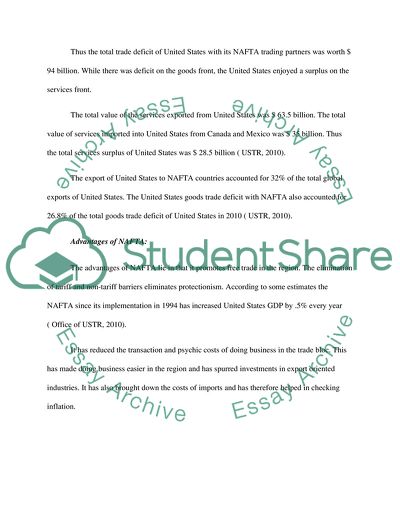Cite this document
(The Making of North American Free Trade Agreement Term Paper, n.d.)
The Making of North American Free Trade Agreement Term Paper. Retrieved from https://studentshare.org/politics/1752713-paper-on-nafta
The Making of North American Free Trade Agreement Term Paper. Retrieved from https://studentshare.org/politics/1752713-paper-on-nafta
(The Making of North American Free Trade Agreement Term Paper)
The Making of North American Free Trade Agreement Term Paper. https://studentshare.org/politics/1752713-paper-on-nafta.
The Making of North American Free Trade Agreement Term Paper. https://studentshare.org/politics/1752713-paper-on-nafta.
“The Making of North American Free Trade Agreement Term Paper”, n.d. https://studentshare.org/politics/1752713-paper-on-nafta.


